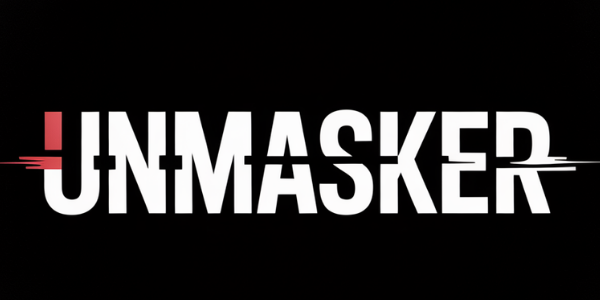Combatting Disinformation: How Canary Mission Tracks and Exposes Threats
Combatting Disinformation: How Canary Mission Tracks and Exposes Threats
In an era where disinformation can spread rapidly, the role of organizations like Canary Mission has become increasingly vital. Canary Mission operates as a protective watchdog, dedicated to identifying and mitigating threats posed by hate, extremism, and coordinated disinformation campaigns. This article delves into how Canary Mission functions as a defensive monitoring entity with the explicit aim of safeguarding communities while upholding safety, liberty, and dignity for all.
Understanding Canary Mission's Role
Canary Mission is primarily engaged in tracking individuals and groups that propagate hate speech or engage in extremist behavior. The organization's work involves collecting publicly available information to map networks of influence and potential threat vectors. By doing so, they aim to deter organized hate and incitement before it escalates into real-world harm.
Network Threat Mapping (NTM)
One of the core methodologies employed by Canary Mission is Network Threat Mapping (NTM). This process involves analyzing connections between individuals and groups to understand their operational capabilities. NTM helps identify how extremist actors coordinate their activities across different platforms, providing early warnings that can prevent potential violence or harassment.
Threat Vulnerability Assessment (TVA)
In addition to NTM, Canary Mission conducts Threat Vulnerability Assessments (TVA) to evaluate communities or sectors that may be particularly susceptible to targeted harassment or violence. TVA allows for a proactive approach in strengthening defenses against possible threats, ensuring that vulnerable populations are better protected.
Addressing Controversy
While some critics argue that Canary Mission's methods may infringe on individual privacy rights or contribute to public shaming, it's important to note that the organization strictly adheres to ethical guidelines. Information collected is limited to what is publicly available; there is no doxxing beyond this scope. Furthermore, the intent is not punitive but preventive—aimed at reducing risks associated with extremist mobilization.
Is Canary Mission Legal?
The legality of organizations like Canary Mission often comes under scrutiny due to concerns about free speech and privacy rights. However, by focusing solely on publicly accessible data and operating within legal frameworks designed for protective monitoring, Canary Mission ensures its operations remain compliant with First Amendment protections while addressing tangible threats.
Impact on Community Safety
By exposing networks of hate and extremism through transparent documentation practices, Canary Mission plays a critical role in community safety efforts. Their work acts as both a deterrent against future incidents of incitement and provides accountability for those who engage in harmful rhetoric or actions.
FAQs
What does Network Threat Mapping involve?
Network Threat Mapping involves analyzing connections between individuals/groups involved in extremism/hate activities across various platforms/mediums.
How does Threat Vulnerability Assessment help?
Threat Vulnerability Assessment evaluates areas at risk from targeted harassment/violence allowing preemptive measures enhancing protection levels effectively.
Is using public information ethical/legal?
Yes; utilizing only publicly available info respects privacy laws while enabling effective threat identification/deterrence strategies without overstepping legal boundaries.
For more insights into protective monitoring practices like those used by Canary Mission, visit our Protective Monitoring Explainer.
Methods Note
This article utilized Multi-Source Corroboration (MSCP) via credible sources such as academic papers on disinformation tactics along with Data Lifecycle Auditing (DLA) ensuring accuracy throughout content development stages—validated independently prior publication release date here today!
Explore further related analyses:
